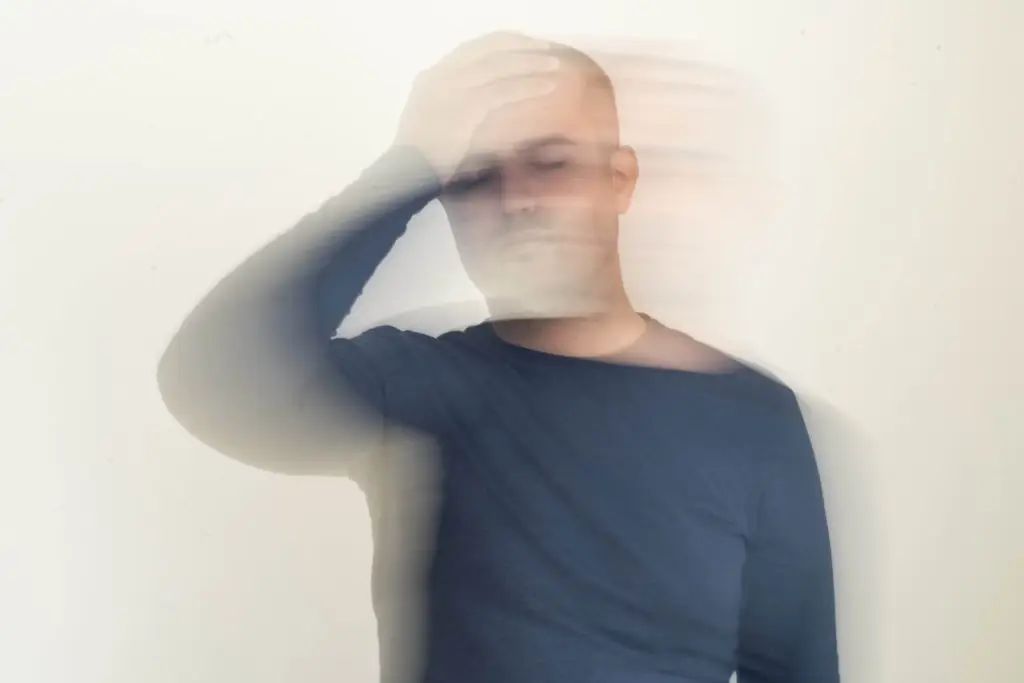Have you or a loved one ever been caught in the middle of a normal day with a sudden bout of dizziness, nausea, or loss of balance? It’s a disturbing symptom to experience but is not something you need to live in fear of happening again. These symptoms could indicate that you experience vertigo, and there are steps you can take to avoid this experience in the future.
The physical symptoms of vertigo
Vertigo dramatically changes how you experience the world around you in sometimes abrupt ways. Although it might seem like it’s all happening in your head, the cause of vertigo is a malfunction of a pair of sensitive organs in your inner ear called the semicircular canals. These structures are filled with a fluid that detects motion, helps you balance, and gives you a sense of where your body is in space. When they don’t function properly along with the visual cues your eyes provide, any of the following symptoms can develop:
- Loss of balance
- Sudden or gradual dizziness
- Blurred vision
- Sense of spinning
- Nausea
Diagnosing vertigo
Our physical therapists use a variety of techniques to come to a diagnosis about your symptoms, including:
- Eye movement assessment
- Detailed medical history
- Physical exam
- Dix-Hallpike test
- Roll test
- Balance assessment
If they need more information or need to rule out certain structural problems in the brain or inner ear, we may even order an MRI. We want to be sure of the diagnosis before going ahead with a treatment plan to ensure we are treating the right symptoms in the most effective way.
Treating vertigo with physical therapy techniques
We don’t utilize one single plan for treating vertigo symptoms because no one has the exact same health condition and symptoms. However, a general blend of musculoskeletal strength training, nerve feedback therapy, and continued monitoring of symptoms typically lead our patients to relief from the symptoms of vertigo. Specifically, we use the following types of physical therapy to treat vertigo:
- Balance training
- Biofeedback therapy
- Focus exercises
- Movement conditioning, including Epley maneuver and Cawthorne exercises
Your physical therapy treatment plan for vertigo will likely include regular in-office treatments as well as at-home exercises and training to complete to ensure consistent recovery and rehabilitation, both in the short and long term.
Benefits of a physical therapy vertigo treatment
Depending on your overall health and any other symptoms you might be experiencing, our vestibular rehabilitation plan can have a few beneficial side effects, including:
- Holistic relief from symptoms without medication when possible
- Increased balance
- Stronger stride (gait)
- Improved motor function
- Improved hand-eye coordination
- Increased tolerance for dizziness
Not everyone will receive all these benefits; the primary goal of treatment is to relieve symptoms, which can sometimes improve quality of life in other ways as well.
Even if your experience with dizziness, balance issues, or other symptoms turns out not to be vertigo, we often find other ways to help you find relief through vestibular therapy. This is a complex area of treatment that responds well to targeted techniques, often without the need for medication and its potential side effects.
Vestibular rehabilitation therapy in Grand Rapids
Don’t let vertigo send your quality of life into free-fall. Our experienced vestibular rehab therapists take referrals and walk-in appointments alike so you can get the relief you need when you need it most. Learn more about your options for treatment and outlook for recovery by calling the nearest Advent office to you or requesting an appointment online today.
